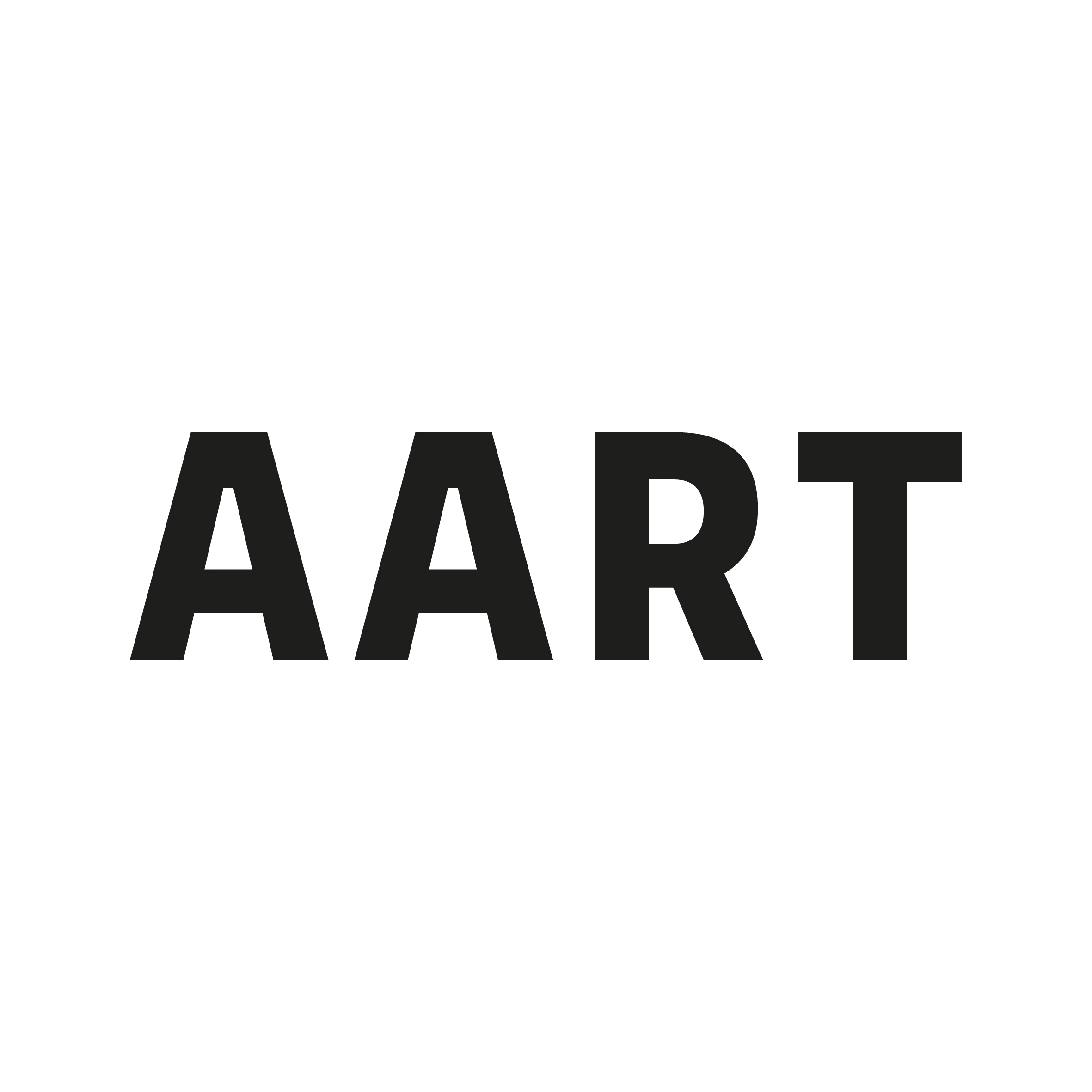Inspiria Science Centre is designed as one of the most advanced science centres in Northern Europe and is part of a long-term plan to make knowledge the most important asset of the Østfold Region in Norway. This ambitious plan is reflected in the architectural aspiration, as the trifold form is designed as a communications platform merging the environment, energy and health.
The interior program includes 70 interactive exhibitions, workshops and the most advanced planetarium in Northern Europe and Inspiria Science Centre is expected to attract more than 100,000 visitors every year, mainly school trips, families and tourists. Long-term plans to include the community will be addressed by annually offering over 40,000 students of the area a free trip by hybrid busses to visit the venue.
Inspiria Science Centre combines communication and architecture into an inspiring and eventful whole, in order to provide new spaces for learning and supports the idea of sustainability as a window of opportunity to increase the quality of life between humans and the environment. Inspiria Science Centre is thus designed as a passive house in close contact with both nature and the users, as glass enclosed wings extend from the focal circular atrium creating a dynamic heart to the building.
Sociocultural sustainability
- Quality of user experience: 70 interactive workshops teach about renewable energy, waste, health etc., glass facades and skylights provide natural daylight and the architecture is inspiring in itself.
- Transport links: Hybrid busses transport school children to the science centre and subsequently back to their respective schools.
Ecological sustainability
- CO2 emissions: 20.3 kg/sq.m.
- Total primary energy requirement: 74.4 kWh/sq.m.
- Proportion of renewable primary energy: 54% (100% renewable energy for heating)
- Energy solutions: A wind turbine and a photovoltaic system generate electricity, while touch-screens in the lobby and the classrooms show the production of energy.
- Water solutions: A greywater system recycles the water and a solar hot water system provides hot water.











